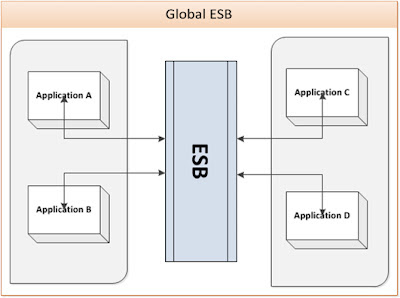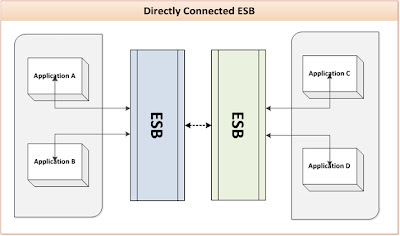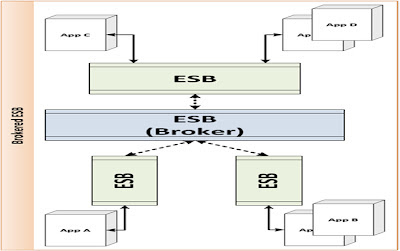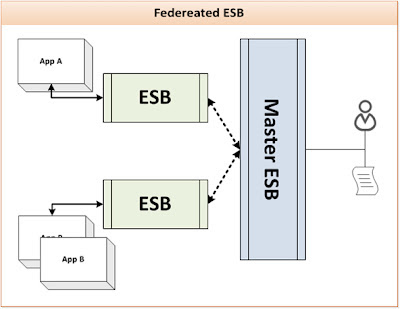It's not secret that "Big Data" is (slowly, but) surely moving forward from being a IT buzzword to a mainstream adoption in organizations of all sizes.
Almost all mature and progressive software manufacturers are focussing on building solutions that encompass holistic integrations capabilities, keeping into consideration convergence of SMAC, and it's impact on modern businesses. Just like there is hardly any software vendor that doesn't offer on-cloud or on-demand offering these days, big data & analytics capabilities are driving lot of business stakeholders in decision making and forcing software vendors to enhance their offerings.
More and more modern businesses are taking the digital route. Focus on customer touch-points has never been so intense and not to mention expensive, in the history of customer lifecycle management. Multi-channel commerce is taking a new shape with maturity of 'internet of connected devices', and is pushing tons & tons of new data for ingestion every minute.
Almost all mature and progressive software manufacturers are focussing on building solutions that encompass holistic integrations capabilities, keeping into consideration convergence of SMAC, and it's impact on modern businesses. Just like there is hardly any software vendor that doesn't offer on-cloud or on-demand offering these days, big data & analytics capabilities are driving lot of business stakeholders in decision making and forcing software vendors to enhance their offerings.
More and more modern businesses are taking the digital route. Focus on customer touch-points has never been so intense and not to mention expensive, in the history of customer lifecycle management. Multi-channel commerce is taking a new shape with maturity of 'internet of connected devices', and is pushing tons & tons of new data for ingestion every minute.
There are multiple reasons and events that could be attributed to new found fame and popularity of Big Data and Analytics, a few on top of my head are:
- Inexpensive primary storage
- Groundbreaking enhancements in in-memory grid computing and columnar compression technology in DB
- Cloud Computing moving more and more data away from on-premise model
- Ever increasing number of mobile subscribers globally
- Seamless connectivity and network availability et al
Everything said & done, Big Data success is NOT a matter of luck. In fact I personally believe Big Data success is probably one of those few elite IT initiatives that requires a lot of top-bottom push coming directly from CxO for an enterprise wide adoption and support.
The publication "Big Data as a Service", talks about couple of very possible use-cases of the future and also touch upon how there are multiple tangible and intangible dimensions associated with Big Data.
.
.
This right now is the age of networking where it is no longer important what the underlying platform for hosting the data is or what MW tools we use to transfer the data. It's an age where data is the true king, not applications or platforms. Players like Salesforce and SugarCRM that have built an entire ecosystem in the cloud are forcing customers to move their attention away from the complexities of platforms, applications and maintenance towards data. We are already on the verge of moving away from "application based enterprises" to "data driven enterprises." As long as customers know what data it needs to draw conclusions and decisions to help grow the business, they are empowered by the cloud solutions to make informed and educated decisions.
.
.
.
The quantifications of data based on the volume, velocity, complexity and variety of the data are primarily the most commonly discussed dimensions of Big Data circumventing information management. However, as we go deeper into Big Data, we are more than likely to discover that the conversion process "from data to information" traverses through multiple complexities and dimensions.
.
.
Most critical items that large and mid-sized corporations should keep in mind while working on enterprise wide Big Data initiative are:
- (Big) Data is everyone's business. From LOB heads to EA, Data architects and business analysts - everyone is expected to add value
- Don't ignore Data Governance
- Don't ignore Data Security & access control
- Breakdown operation inefficiencies and build logical tiers for seamless data flow from data source to data consumer.
- Don't go Big Bang, at the same time don't be solely opportunistic. Find a balance, try to push for Big Data, while being practical within corporate boundaries.
At the end of the day Sales Operations, Digital Marketing, Customer Support, R&D and even the back-office operations are all craving for right & timely insights. And today is as good as any other day to start thinking about data at the front-end of the corporate initiatives, and let the corporate programs be data driven rather than simply being functionality and capability driven.











